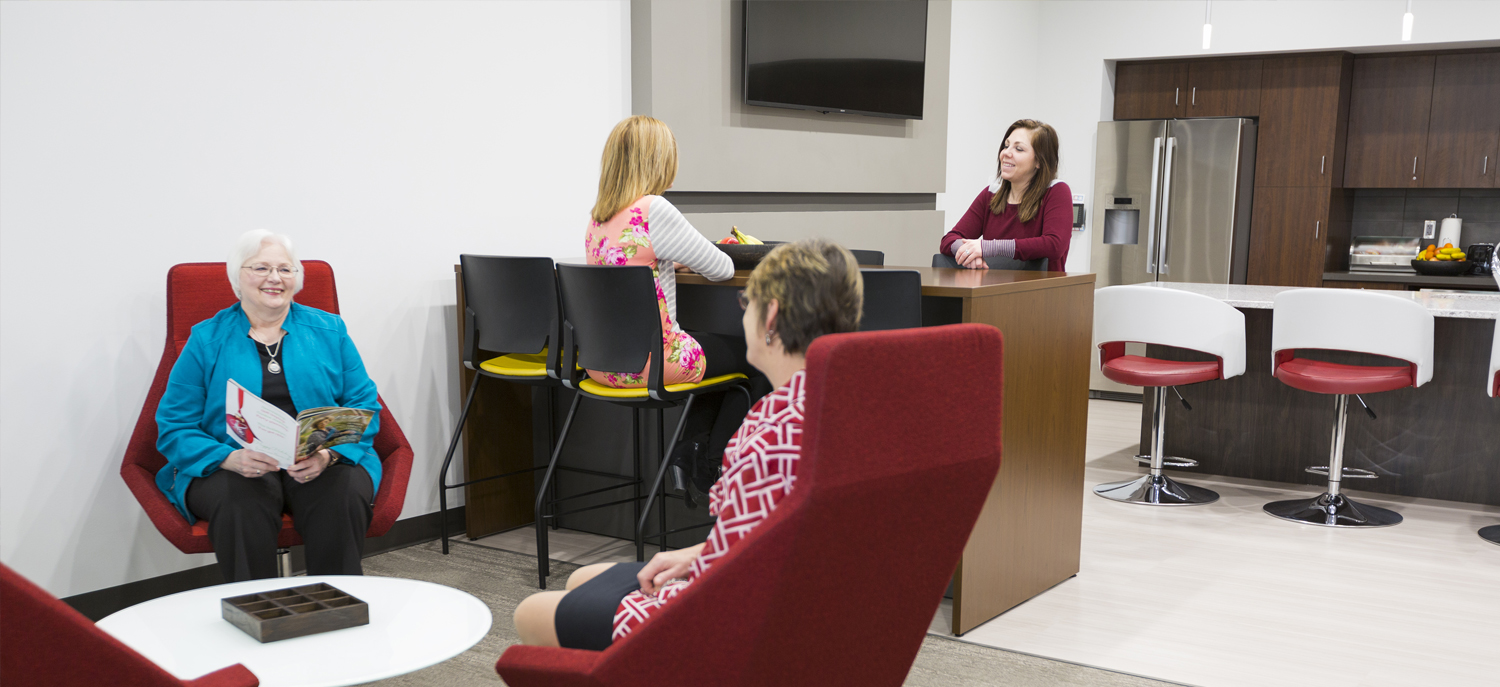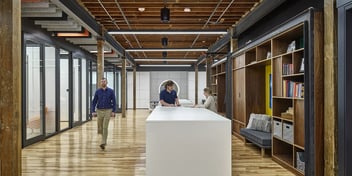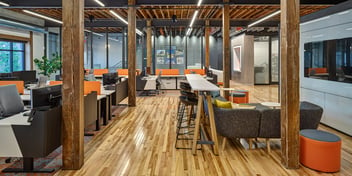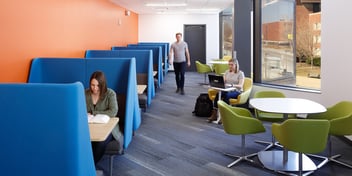
Some circumstances are so immediately transformative that they can change even the most well established social norms and long-held beliefs. We think COVID-19 is, self-evidently, one such event. While these sort of events are rare in occurrence, often bringing many negative consequences, they also have the potential to bring our attention to societal changes that were already in progress – accelerating them to lightning speed! As remote work becomes culturally commonplace, we believe that this pandemic is drawing our attention to the importance of place, raising big questions about our physical communities of work and their impact on our lives. Our hunch is that they will become more important than ever...
Leveraging Technology
Many have estimated that, moving forward, as much as 50% of the workforce will be working remotely, at least part of the time. While it's hard to argue against the utility, functionality, and community aspects of physical workspaces, big innovations in tech have been doing their part to diminish the otherwise excruciating effects of fully-remote work on business. The idea of managing a large, well-oiled, highly effective team of workers remotely was once a pipe dream at best. Now it is becoming a culture staple.
People Work Better Together
What are some of the most effective social spaces you've encountered? What made them work well? When answered, technically, these spaces likely incorporated a combination of easy accessibility, targeted functionality, and high levels of comfort. You could call that a recipe for spacial "community." Spaces that use community as the cornerstone of their design are instantly recognizable and often highly effective. The reason is because designing for community naturally results in noticeably higher levels of engagement between individuals – more chance encounters, more talking between colleagues, and an increase in the amount of time spent together. These types of experiences can't be truly replicated with technology and they cannot be experienced remotely. While designing for "community" may have seemed like a bit of a fad a couple years ago, it could very well become the singular motivation driving the design of physical workspaces moving forward.



